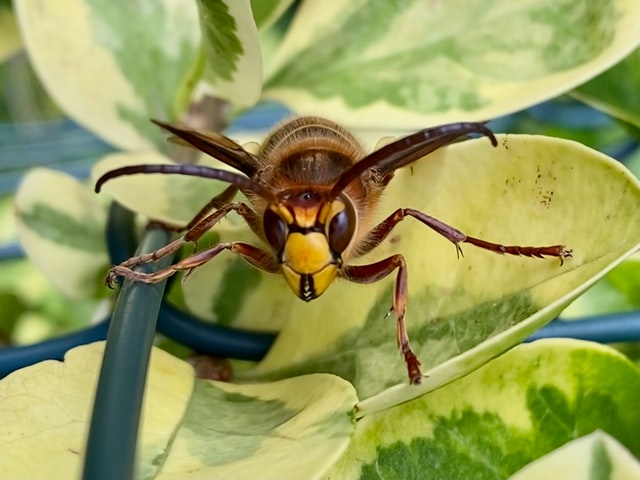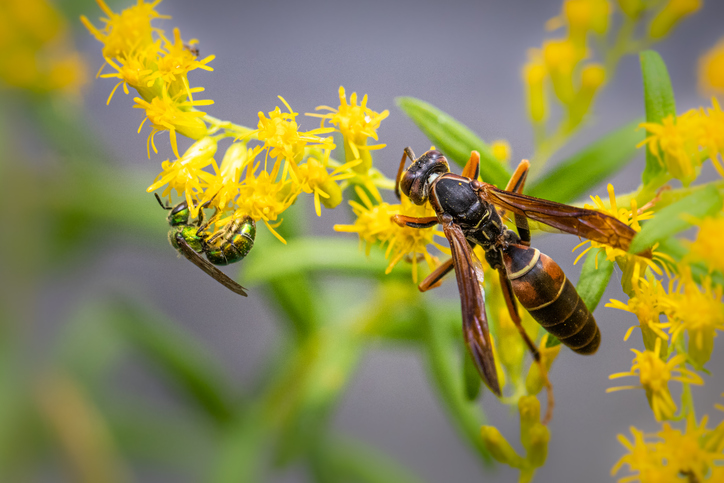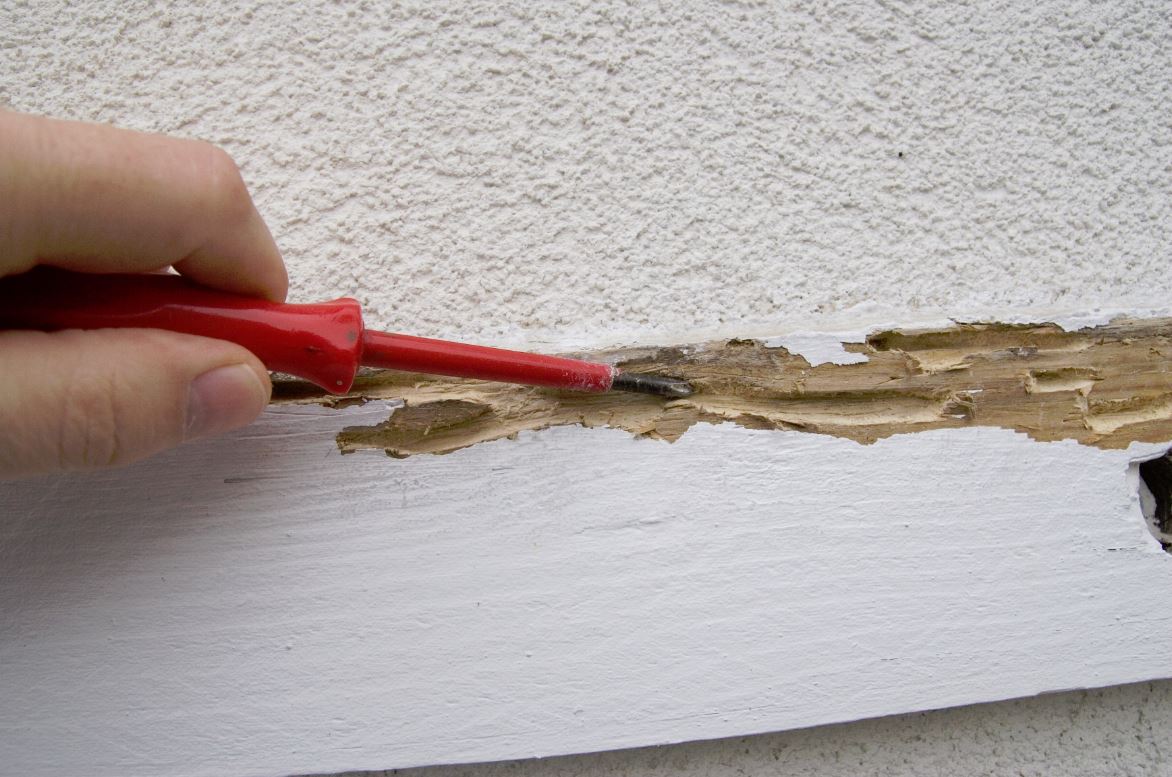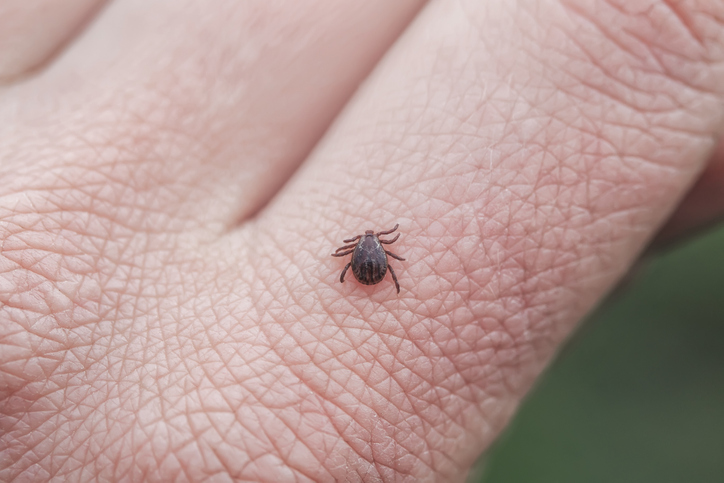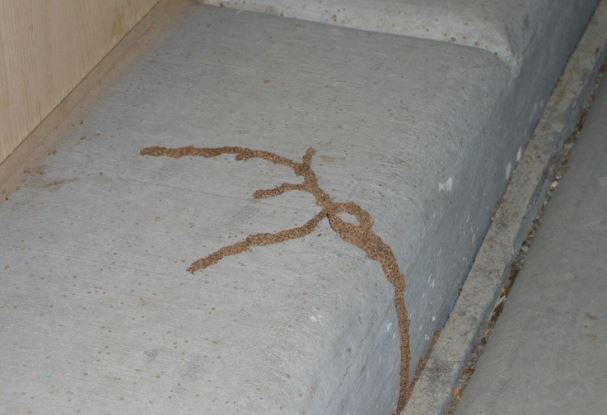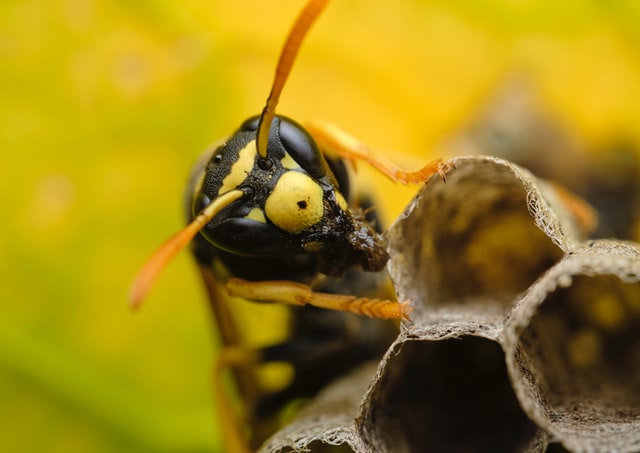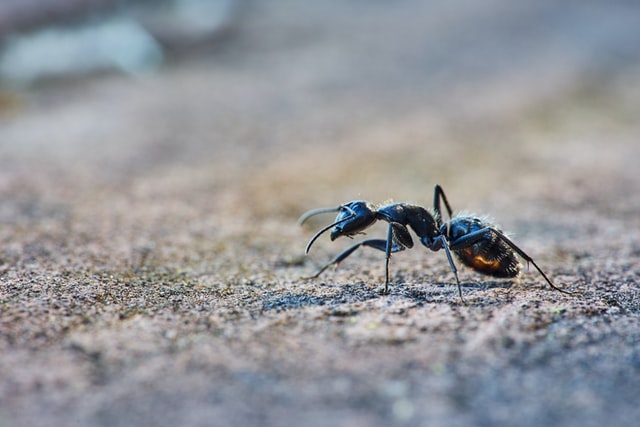- Home
- Services
- Smart Eco Pest Control (Green)
- Residential Pest Control
- Commercial Pest Control
- Wildlife Removal
- Promos
- Service Areas
- Resources
- About A1 Exterminators
- Pest ID
Pest Control Blog About Bugs and Rodents
Welcome to A1 Exterminators’ Uninvited Guests blog!
Here we talk about anything and everything bug related. Big and small, from ticks and bed bugs to roaches and termites; from bugs and insects to mice, rats, squirrels and rodents. Follow us to keep track of the new pests you should be worried about in your area. Get the latest news on pests, tips on how you can keep pests away from your home and business, and some other fun and interesting tidbits about bugs.
Any live wasp you see during winter is a queen. Only new queens survive though the winter. Queen wasps hibernate in areas protected from freezing temperatures, but not warm enough to prevent dormancy. They're found under tree bark or in the cracks and crevices of eaves and wood trim, with their... more
First, don’t panic. If you find one attached to your skin, remove the tick as quickly as possible using a set of fine-tipped tweezers. Grab the tick as closely to the surface of your skin as possible, and pull upward with steady, even pressure. If mouth-parts are left in the skin, try your best... more
With more than 100,000 species, there's a lot to learn about wasps. They fall into two main categories:
Social wasps build nests and live in colonies of up to thousands of individuals. Hornets and yellowjackets are social wasps.
Solitary wasps don't live in large nests with other wasps, but... more
To the untrained eye, termites are difficult to spot. But once you understand some of the telltale signs, they’re easier to see.
Irregular flooring: Buckling or sagging floors can also indicate the presence of termites. What looks like water damage could actually be destruction from these... more
Ticks can be tiny (sometimes no bigger than a poppy seed!) and they can be easily missed, so it’s important to do thorough body check after you’ve spent time outdoors. Be sure to look carefully under your arms, around your ears, inside your belly button, behind your knees, between your legs,... more
Wasps may not be as big as lions or bears, but these insects are among the most successful predators on Earth! Different wasps species have different ways of preying on other animals. Some wasps, called parasitoids, lay their eggs in the bodies of live insects (hosts). As the larva grows, it feeds... more
Look for damage, including what looks like a carved maze on the wood. Different types of termites damage wood in disparate patterns, though, so be aware that not all wood destruction follows this pattern. Try tapping on wood throughout the house with a screwdriver and listen for a hollow sound in... more
Look for termite tunnels around your home’s foundation and areas where there’s exposed wood. These tunnels are small tubes that look like mud, and might be in a vine pattern on walls, floors or even... more
Paper wasps eat nectar and other insects including caterpillars and flies. In the autumn, future queens will seek places to spend the winter and may find their way indoors.
Then, in the springtime, they will emerge to build their umbrella-shaped nests that look as though they are made of paper.... more
Generally, carpenter ants are red or black in color or a combination of both. They can also be brown. Carpenter ants have six legs, three body sections, antenna, and sometimes wings.
Carpenter ants can be between 1/4 and 3/4 of an inch in length.
In the United States, they live primarily in... more
Pest Control Promotions
Now offering the following promotions for our pest control services.
Coupons cannot be combined with any other offers. Limit 1 per customer. Must present coupon at time of service. Other exclusions may apply.
New Customer Deal
Pest Control
$25 off
any new one-time service*
New services only:
Valid for:
any new one-time
service with a value of
*$250 or more
Coupon Code: WEB/NEW
Expires: 12/31/2025
Recurring Service Deal
Residential Pest Control
$25 off
your first recurring service
Any recurring services:
Pest Prevention Plan
Mosquito & Tick Plan
Does not apply to one-time
or single service agreements.
Coupon Code: WEB/HOME
Expires: 12/31/2025
Termite Plan Deal
Termite Control
$50 off
initial termite install
Sentricon Termite System
Monitor, Bait, Eliminate
$50.00 off
any initial termite
install service.
Coupon Code: WEB/TERMITE
Expires: 12/31/2025


